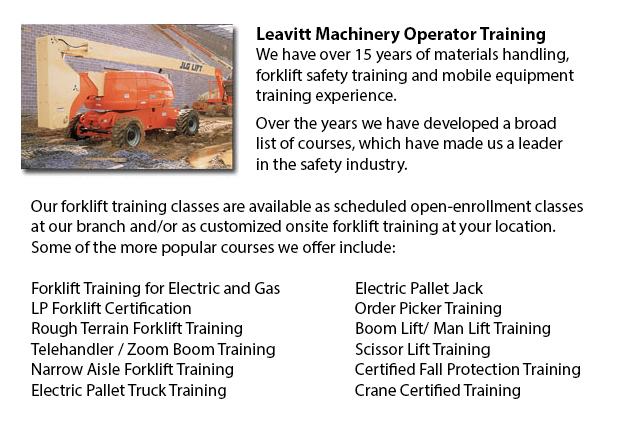
Aerial Lift Certification Langley - Aerial Lift Certification is for people who requires an in-depth understanding of aerial lift safety. Operators and inspectors, maintenance workers, construction craftsmen and supervisors need to perform a certificate and training program. Provincial, state and federal regulations require businesses to be certified in order to perform in-house aerial lift inspections.
Regardless of differences in the type of work being performed, all workers who work at elevated levels generally utilize the same means to access the needed height. Scissor lifts and aerial lifts are the mechanized devices utilized in order to lift equipment and employees to elevated places.
Bucket trucks or cherry pickers are boom-supported aerial platforms. The main dangers related to boom-operated platforms are electrocutions, tip-overs and falls. Certification ensures that workers who use aerial lifts are properly trained in order to safely work the machine. Training likewise ensures that workers know how to maintain aerial work platforms based on the instructions of the manufacturer.
Training includes the following lifts: Aerial lifts that are mounted to vehicles, Boom-supported scissor lifts and aerial lifts. Trainees will gain an understanding of the results and causes of aerial lift accidents, and would learn safe operating procedures. They will become technically competent in the various types of aerial lifts, as well as terminology and components. From choosing the right aerial lift for the job to interpreting rated capacity charts, the certification program will provide employees with everything they must know to be able to perform their work safely.
Inspectors and supervisors who have the responsibility to check aerial lift devices must know how to inspect gears, booms, operating mechanisms, structural components, control systems and functions, braking systems, power plants, attachments, pins and shafts, pneumatic and electric parts, hydraulic, emergency safety devices and operator aids, and so forth. Training will include the following: the inspector's role in reducing liability exposure and accidents; how to perform a pre-use, annual and monthly inspection; how to apply and interpret rules regarding aerial lift safety standards; how to write inspection reports; inspection procedures, techniques and checklists; applying and understanding the three levels of aerial lift inspection; following record keeping requirements; and when to remove aerial lifts from service if they are defective.
-
Boom Lift Certification Langley
Boom Lift Certification Langley - Making use of elevated work platforms allow for maintenance operations and work to be performed at elevated work heights which were otherwise unreachable. Boom Lift Certification Training educates workers about safel... More -
Boom Lift Training Langley
Boom Lift Training Langley - Elevated work platforms, likewise referred to as aerial platforms, enable workers to carry out tasks at heights which would otherwise be unreachable. There are various types of lifts intended for various site applications... More -
Wheel and Track Loader Training in Langley
Lift trucks are available in a variety of various units that have varying load capacities. The majority of typical lift trucks used in warehouse settings have load capacities of 1-5 tons. Larger scale models are used for heavier loads, like loading s... More -
Counterbalance Forklift License Langley
Counterbalance Forklift License Langley - When operated by completely trained operators, forklifts could become a major advantage for firms and companies. We can offer your employees a thorough training program which consists of all factors of operat... More -
Aerial Lift Ticket Langley
Aerial Lift Ticket Langley - A boom truck is frequently recognized by the cable and telephone company vans that have the elongated arm folded over their roofs. Commonly, a bucket-like apparatus sits at the extension of extendable arms. Often termed a... More -
Aerial Lift Training Langley
Aerial Lift Training Langley - An aerial work platform is a mechanized access platform. This particular device provides access to otherwise not accessible places for equipment or people. Likewise known as an aerial device or elevating work platform,... More -
Wheel Loader Operator Training Langley
Wheel Loader Operator Training Langley - To be able to raise considerable weights, industrial cranes utilize pulleys and levers. In the past, Romans utilized cranes to construct huge monuments making the origin of these equipment at least two thousan... More -
Manlift Safety Training Langley
Manlift Safety Training Langley - It is important for competent Manlift operators to be aware of the connected dangers which come with particular kinds of scissor lifts. They must be able to operate the scissor lift in a way that protects not just th... More

Forklift Training Langley
TOLL FREE: 1-888-254-6157
Langley, British Columbia
forklifttraininglangley.com
Email Us
About Us


